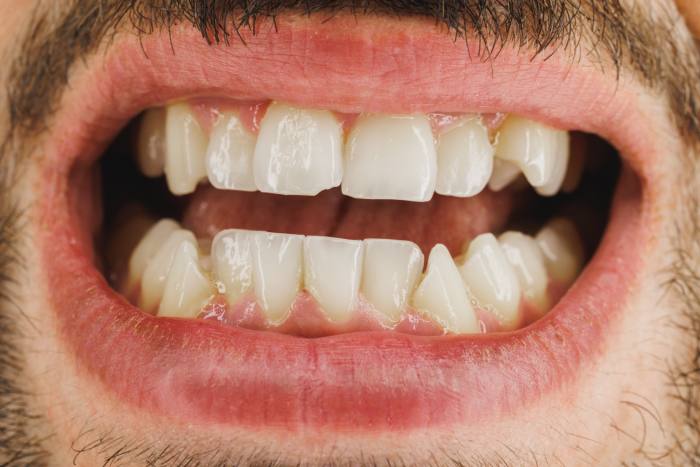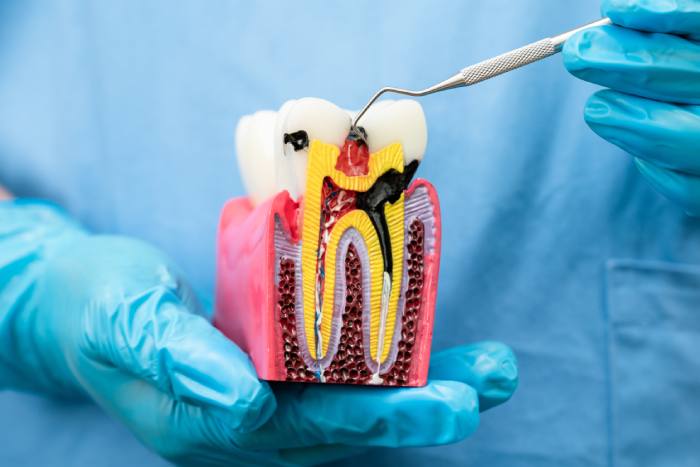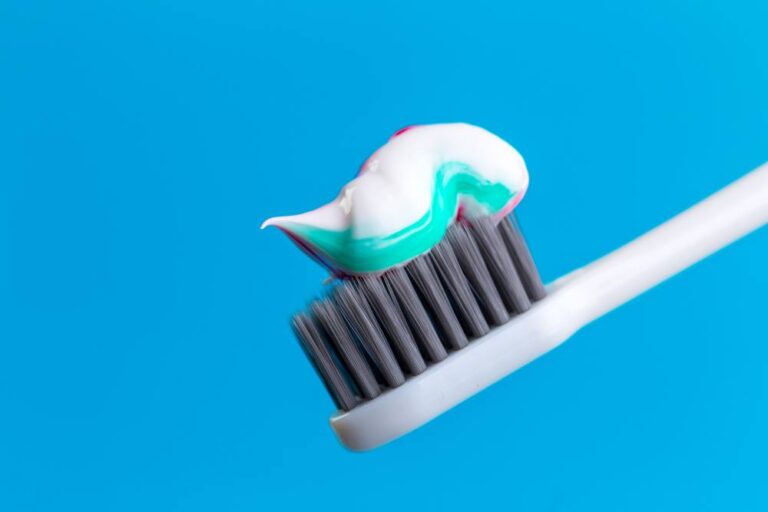A broken tooth can be a stressful and painful experience, but taking immediate action can significantly alleviate discomfort and prevent further damage. Whether it’s a minor chip or a severe break, knowing what to do right away can make all the difference in your dental health. In this blog, we’ll walk you through the essential steps to take when you break a tooth, temporary fixes to protect it until you can see your dentist, and how to manage the pain effectively.
Importance of Immediate Action When a Tooth Breaks
When a tooth breaks, it’s crucial to act quickly. A broken tooth can lead to infection, increased sensitivity, and even further damage if left untreated. Immediate care can help mitigate these risks and ensure a smoother, less painful recovery process.
Common Causes of Broken Teeth
Teeth can break for a variety of reasons, including:
- Accidents and Trauma: Falls, sports injuries, or car accidents can cause sudden and severe damage to teeth.
- Biting Down on Hard Objects: Chewing ice, hard candies, or using teeth as tools can result in chips or fractures.
- Decay and Cavities: Weakening of the tooth structure due to decay makes it more susceptible to breaking.
- Bruxism (Teeth Grinding): Chronic grinding or clenching can wear down and fracture teeth over time.
What You Should Do Right After You Break Your Tooth
1. Rinse Your Mouth with Warm Water
The first thing to do when you break a tooth is to rinse your mouth with warm water. This helps to clean the area and remove any debris, reducing the risk of infection. Follow these steps:
- Fill a glass with warm (not hot) water.
- Swish the water around your mouth gently for about 30 seconds.
- Spit the water out and repeat if necessary.
Using warm water soothes the gums and helps to cleanse the wound. Avoid using mouthwash or other antiseptic solutions immediately, as they may irritate the exposed nerves or tissue.
2. Apply a Cold Compress to Reduce Swelling
Swelling is a common reaction to a broken tooth, especially if there’s trauma involved. Applying a cold compress can help reduce swelling and numb the area, providing some pain relief. Here’s how to do it:
- Ice Pack: Wrap an ice pack in a cloth or towel and hold it against your cheek near the broken tooth for 15-20 minutes. Do not apply ice directly to the skin, as it can cause frostbite.
- Alternatives: If you don’t have an ice pack, you can use a bag of frozen vegetables or a cloth soaked in cold water. Always wrap the cold item in a cloth to protect your skin.
Repeat this process every few hours to keep the swelling down and manage pain.
Temporary Fixes to Protect the Broken Tooth
1. Dental Wax or Sugar-Free Gum
Covering the broken tooth with dental wax or sugar-free gum can provide a protective barrier and prevent further damage. Dental wax is particularly useful if you have sharp edges that might cut your tongue or cheek. Here’s what to do:
- Dental Wax: You can find dental wax at most pharmacies. Take a small piece, warm it slightly between your fingers, and then mold it over the sharp edges of the broken tooth.
- Sugar-Free Gum: In a pinch, sugar-free gum can be used similarly to dental wax. Chew a piece until it’s malleable, then place it over the broken part of your tooth.
2. Over-the-Counter Dental Cement
Over-the-counter dental cement can provide a more durable temporary fix. It helps to seal the broken area and protect the tooth from further damage and infection. Here are two recommendations that we trust at Ames Dentistry:
- Dentemp Temporary Dental Cement: Easy to use and available at most drugstores, this cement provides a strong, temporary seal.
- Recapit Cap and Crown Cement: This is another reliable option, especially if you need to reattach a broken piece or cover an exposed area.
Follow the instructions on the packaging for the best results.
How to Maintain the Pain While Having a Broken Tooth
1. Over-the-Counter Pain Relievers
Managing pain is crucial when dealing with a broken tooth. Over-the-counter pain relievers can help to reduce discomfort until you can see your dentist. Common options include:
- Ibuprofen (Advil): Helps to reduce inflammation and pain.
- Acetaminophen (Tylenol): Effective for pain relief but does not reduce inflammation.
Always follow the dosage instructions on the label and consult with a healthcare professional if you have any concerns.
2. Avoiding Hard Foods
Eating with a broken tooth can be challenging and painful. To minimize discomfort and prevent further damage, stick to soft foods and avoid anything hard or crunchy. Here are some tips:
- Eat Soft Foods: Opt for foods like yogurt, mashed potatoes, and smoothies.
- Avoid Chewing on the Broken Side: If possible, chew on the opposite side of your mouth to protect the broken tooth.
When to Seek Emergency Dental Care
While the steps above can help manage a broken tooth temporarily, it’s essential to seek professional dental care as soon as possible. Here’s how to care for the broken tooth until your appointment:
- Keep It Clean: Continue to rinse your mouth with warm water regularly.
- Avoid Irritants: Stay away from hot or cold foods and drinks that could irritate the exposed area.
- Monitor for Signs of Infection: If you notice increased pain, swelling, or pus, contact your dentist immediately, as these could be signs of infection.
Conclusion
Experiencing a broken tooth can be daunting, but knowing what to do immediately can make a significant difference in your comfort and dental health. Remember, the steps to take right after breaking a tooth include rinsing your mouth with warm water, applying a cold compress, and using temporary fixes like dental wax or over-the-counter dental cement. Managing pain with over-the-counter relievers and avoiding hard foods can also help until you see your dentist.
It’s crucial to see a dentist as soon as possible to prevent further complications and ensure proper treatment. If you have a broken tooth, don’t wait – take action immediately and schedule an appointment with your dentist.
Summary of Steps to Take for Immediate Care
- Rinse your mouth with warm water.
- Apply a cold compress to reduce swelling.
- Use dental wax or sugar-free gum to protect the broken tooth.
- Consider over-the-counter dental cement for a temporary fix.
- Manage pain with over-the-counter pain relievers.
- Avoid hard foods and chew on the opposite side of your mouth.
At Ames Dentistry, we understand the urgency of dental emergencies. Our team is here to provide prompt, compassionate care to get you back to smiling comfortably. If you’ve broken a tooth or have any other dental emergency, don’t hesitate to contact us right away. We’re here to help you every step of the way!








